A whirlwind of vibrant colours, garba beats and emotional undercurrents, Gujarati Weddings are often celebrated for a few days with many pre-wedding, wedding, and post-wedding customs. They’re often a pomp and grandeur affair with plenty of excitement involved.
1. Pithi Ceremony
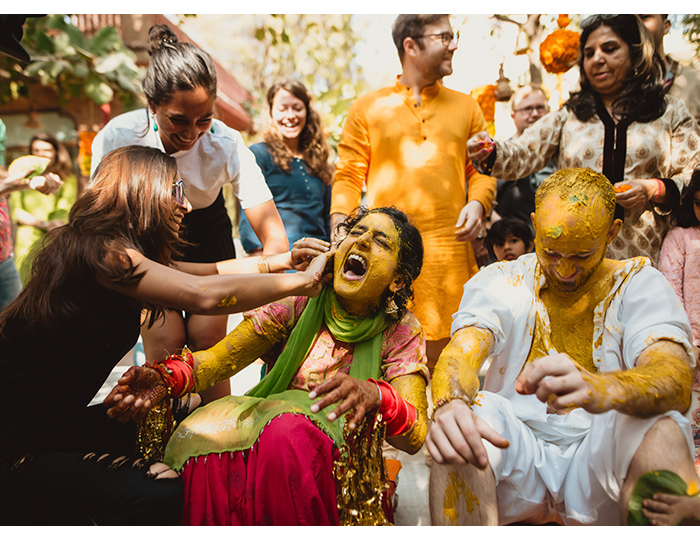
Pithi, also known as haldi, is a paste made out of turmeric, chickpea flower and rose water. Guests slather the blend onto the hands, feet and face of the bride and groom. It’s expected to bring good luck and fortune to the couple. It usually takes place after the Ganesh Puja and Grah Shanti Puja (the seeking of blessings to ask for peace and protection for the bride and groom).
2. Mehndi Party
At the Mehndi, the bride sits centre stage while having traditional and intricate designs applied to her hands, arms, feet and ankles. The ancient tradition is said to promote fertility and attract good energy – everything you’d want on the biggest day of your life.
3. Baraat
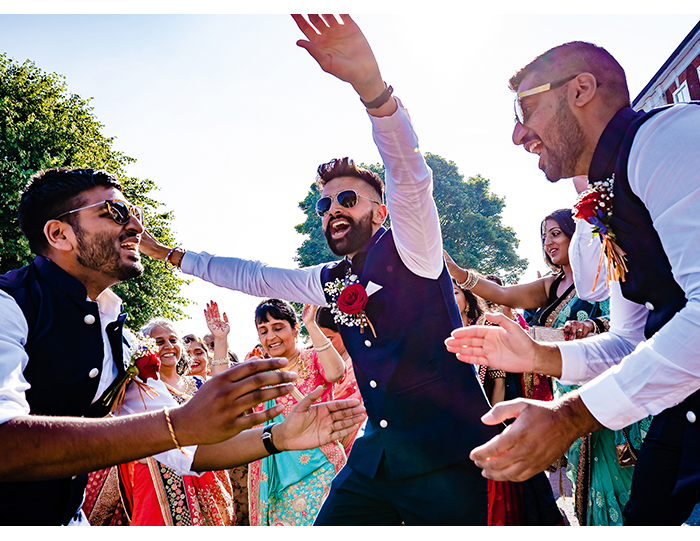
The wedding ceremony tends to be hosted by the bride’s parents and will most likely take place in the bride’s city. When the groom arrives, he does so with a lot of support, dancing, and loud music. This signifies his family’s joy in welcoming the new bride into the family.
4. Vivaha-homa
The primary witness of a Hindu Gujarati marriage is the sacred fire, Agni. The Hindu priest performs Vivah Homa, the lighting of the fire, which invokes divine powers. This happens in the Mandap before the family and friends of the couple, which marks an auspicious start to the rituals.
5. Jai Mala
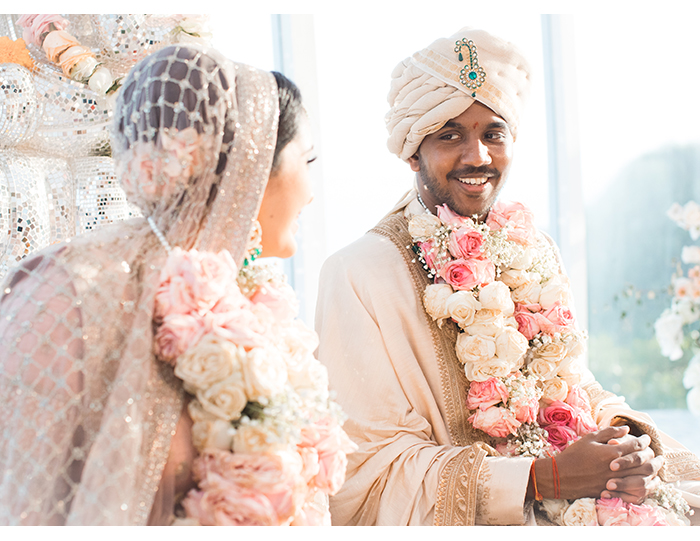
This is the first coming together of the couple, where the couple exchange floral garlands. As the bride approaches the Mandap, a white cloth obscuring her view of the groom falls, and their eyes meet for the ‘first time’. They swap garlands to display their acceptance of one another.
6. Kanya Daan
This is when the father of the bride officially gives away his daughter. He pours sacred water over her hand, before placing her palm in the groom’s hand. Next, the groom’s sister ties a length of the groom’s scarf to the bride’s sari with betel nuts, copper coins and rice to symbolise unity, prosperity and happiness. The groom may present his new wife with a Mangal Sutra a necklace to indicate her new status as a married woman - a physical representation of togetherness.
7. Laja Homa
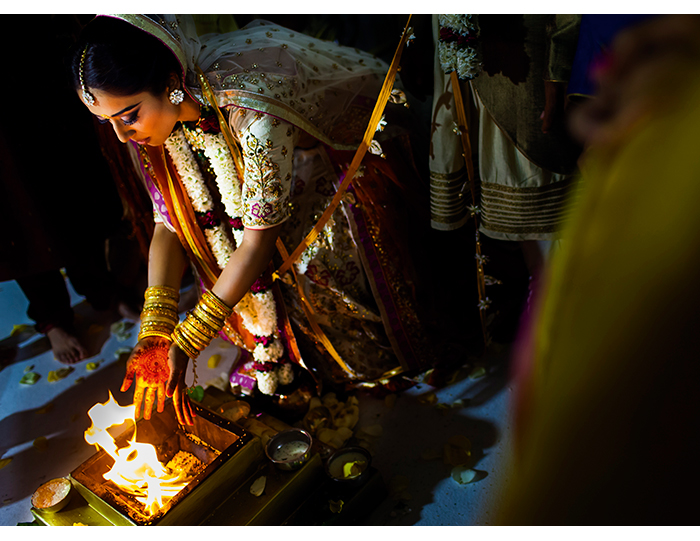
During this ritual, the bride’s brother, or closest male relative, hands her parched rice grains to offer the fire. The couple together offer the grains while they pray for a long and prosperous life.
8. Mangal Phera & Saptapadi
The couple complete four circles around the fire, known as Pheras: for Dharma (duty), Artha (providing for the family), Karma (love), and Moskha (knowledge). The groom leads the first three rounds, and the bride does the final round to show she’ll stand by him. Next is the Saptapadi – the seven steps around the fire. Every step is accompanied with a prayer and seven vows for the marriage to be official in Hinduism. Each vow is meaningful, calling on God’s blessing.
9. Subhagya Chinha
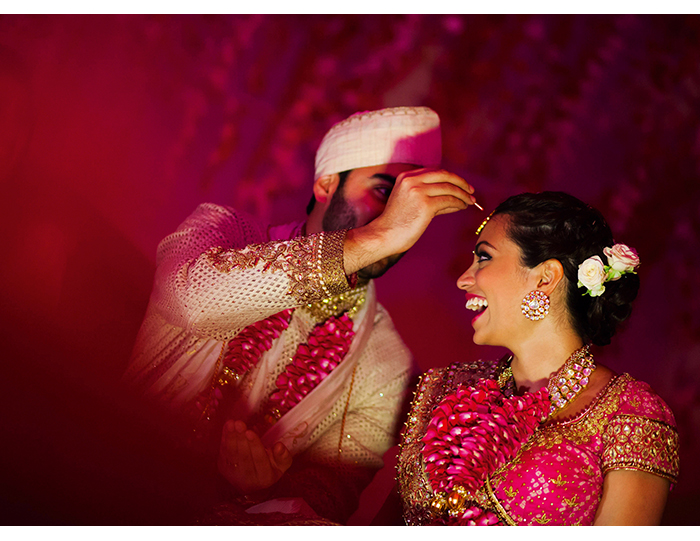
The groom blesses his bride, by anointing her forehead with a kumkum or sindoor (vermilion powder) at the parting of her hair or on her forehead.
10. Bidaai

This is the highly charged and emotional farewell to the bride from her family as she prepares to leave her childhood home for her new husband’s home. There’s no stopping the tears at this point and it’s a bittersweet moment for everyone in the bridal party.
Photography: Zohaib Ali, Candid Tales, Sai Digital, Priyanshu Bhargava, Zurihsia Studios, Bhavna Barratt
As seen in Khush Wedding 25. Buy this issue here